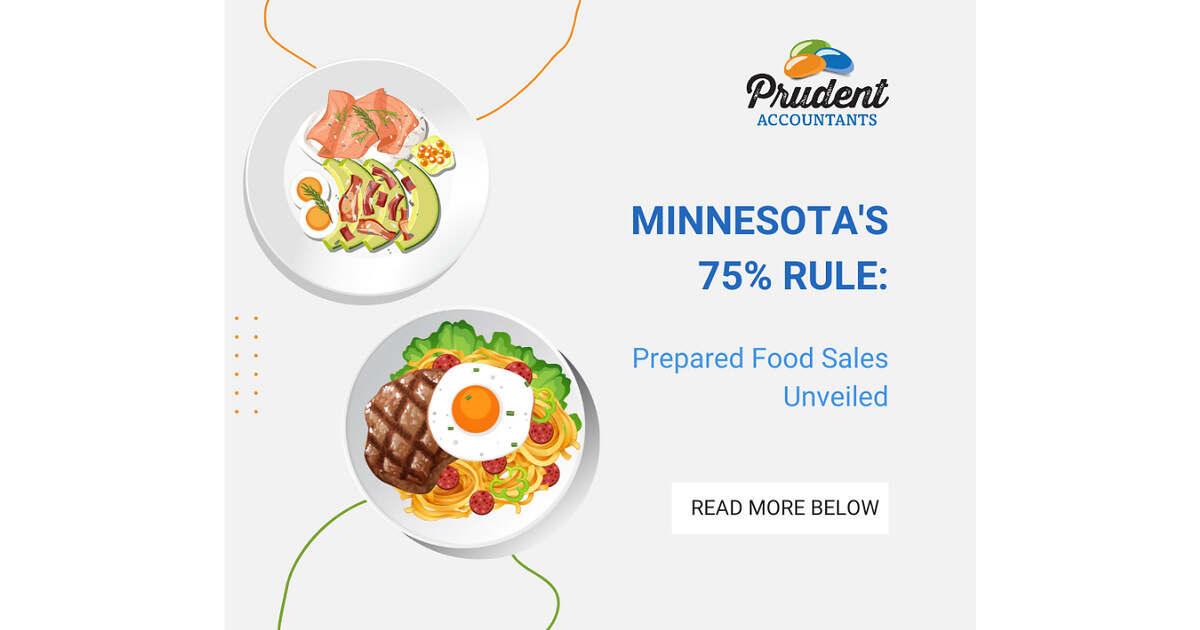The Secret Sauce: How Minnesota’s 75% Rule Shapes Prepared Food Sales

When it comes to navigating Minnesota’s sales tax regulations, understanding the nuances can make a significant difference for businesses, especially those in the food industry. One such aspect that requires attention is the 75% rule concerning prepared food sales.
Prepared food sales are subject to taxation in Minnesota, but not all food items fall under this category. According to the Minnesota Department of Revenue, a food or drink item can become prepared food in three distinct ways:
- The food or drink is sold in a heated state or heated by the seller.
- Two or more food ingredients are mixed or combined by the seller for sale as a single item.
- Eating utensils are provided by the seller.
The 75% rule particularly impacts businesses that make eating utensils available to customers. Here’s how it works:
- If a seller’s prepared food sales exceed 75% of their total food sales, then all food sold by that seller is considered taxable as prepared food if eating utensils are provided.
- This calculation is performed annually, and if a seller has multiple locations, they must calculate one prepared food sales percentage for all their Minnesota establishments combined.
For businesses, this rule underscores the importance of carefully tracking and categorizing sales to ensure compliance with tax regulations. Failure to do so could result in unintended tax liabilities and penalties.
Understanding and applying the 75% rule requires diligence and accuracy. Sellers must maintain thorough records of their sales and regularly review their prepared food sales percentage to avoid potential issues with tax authorities.
While the 75% rule may seem like a minor detail, it can have significant implications for businesses selling prepared food in Minnesota. By staying informed and proactive, businesses can navigate these regulations effectively and ensure compliance with state tax laws.







